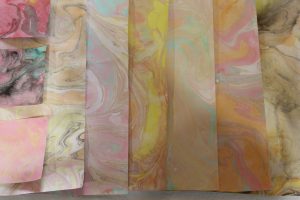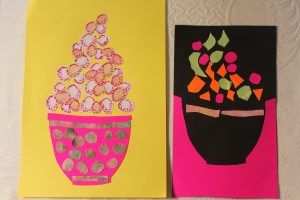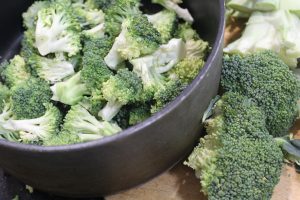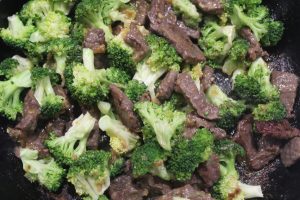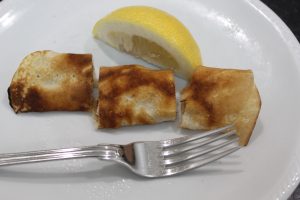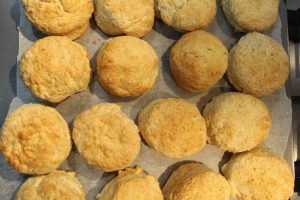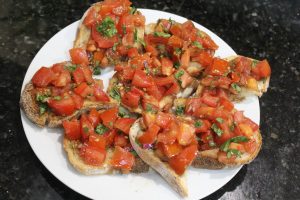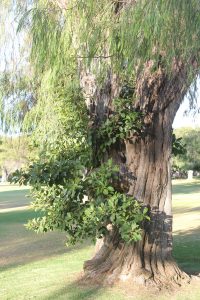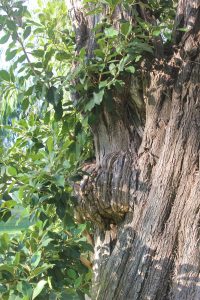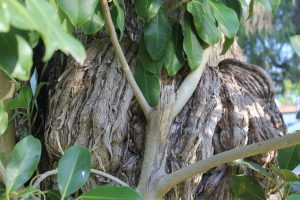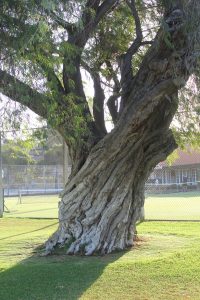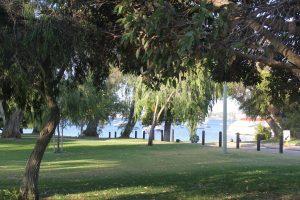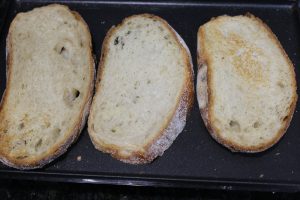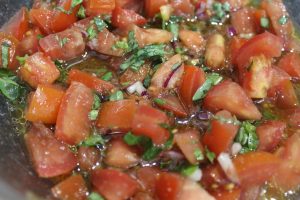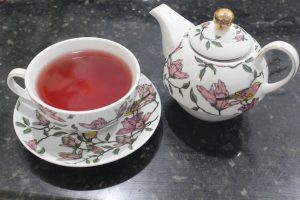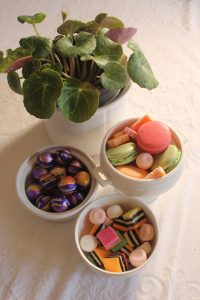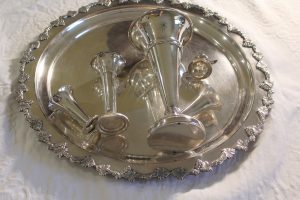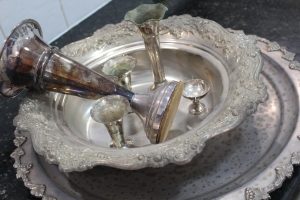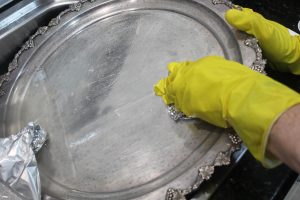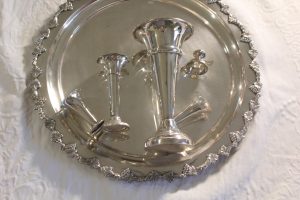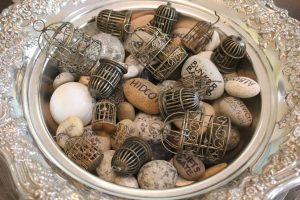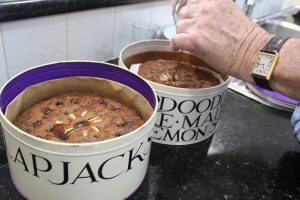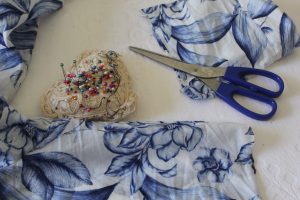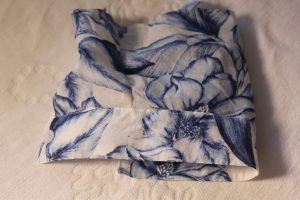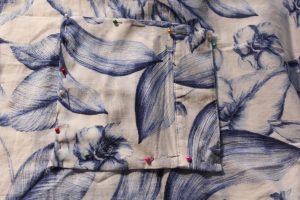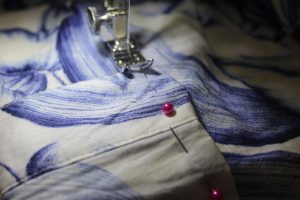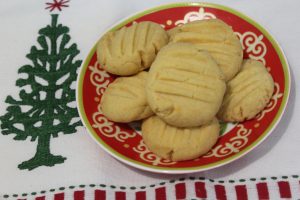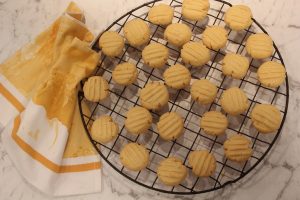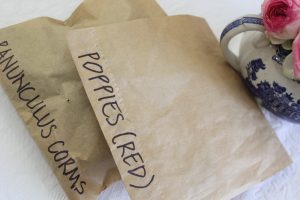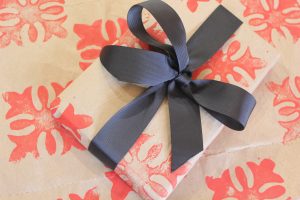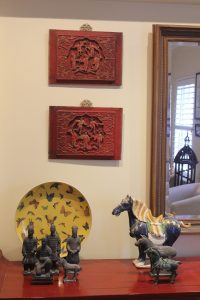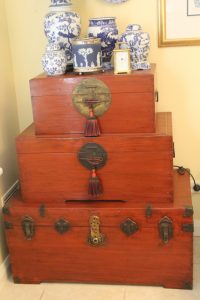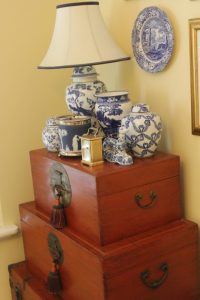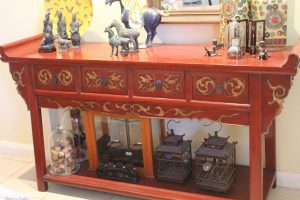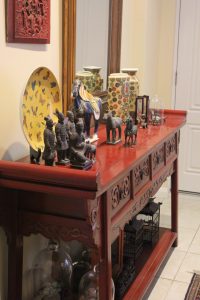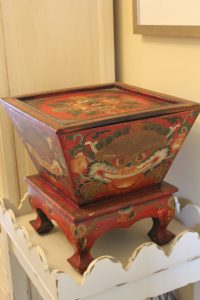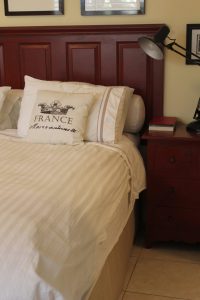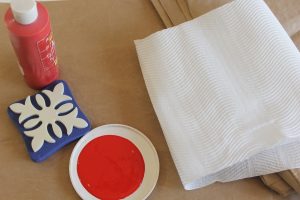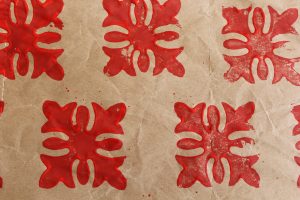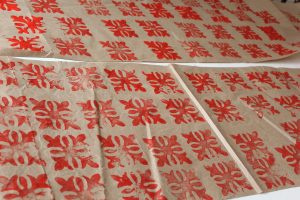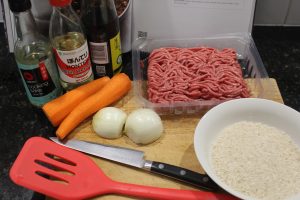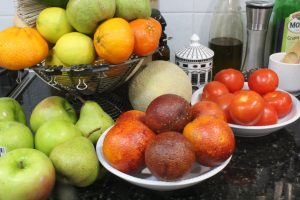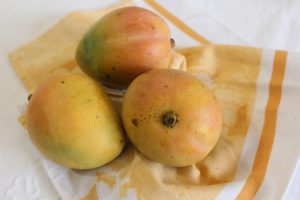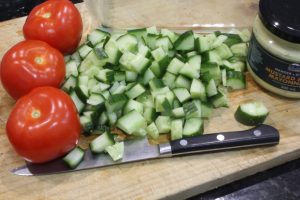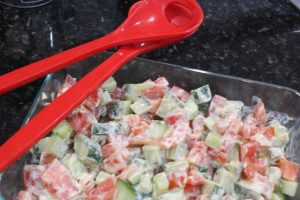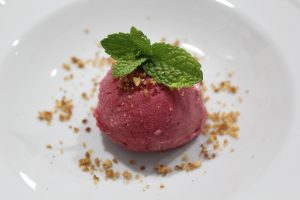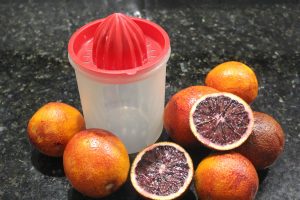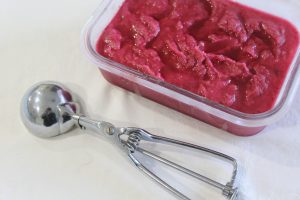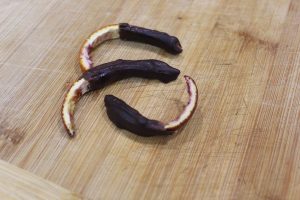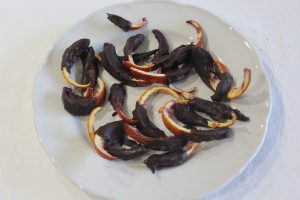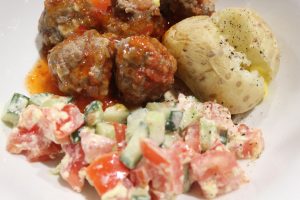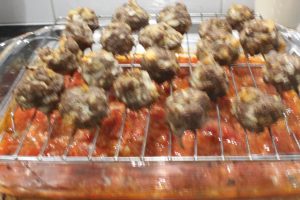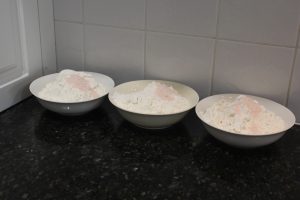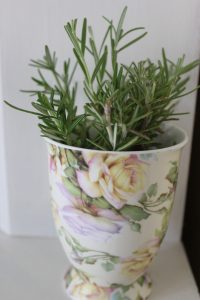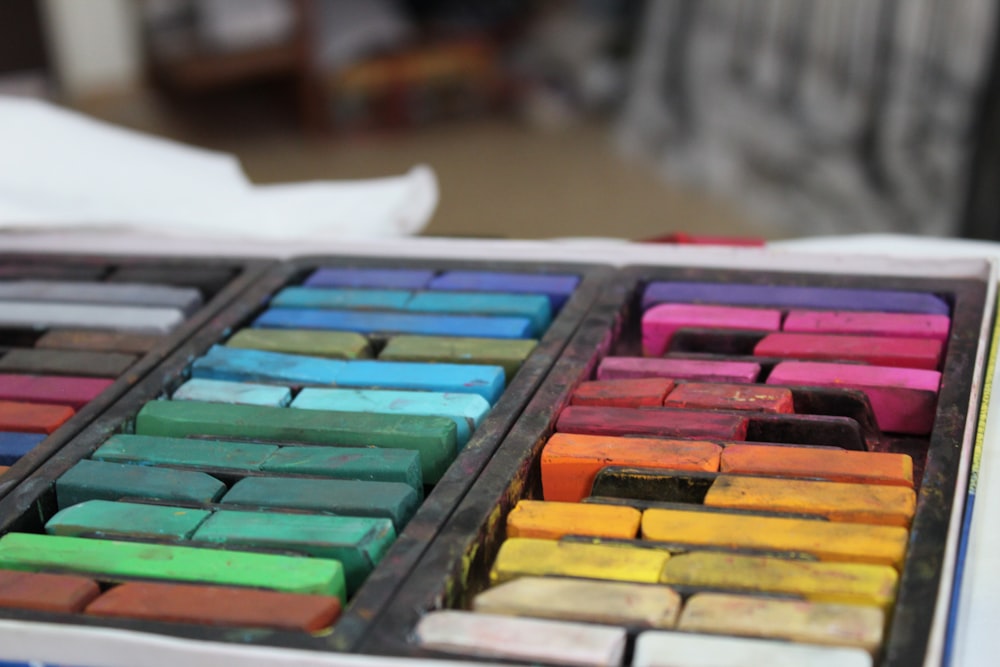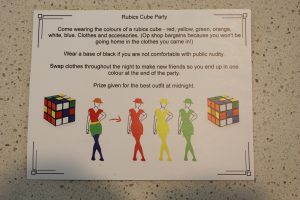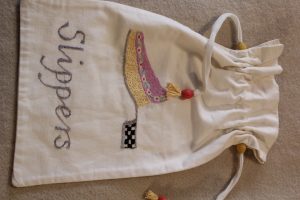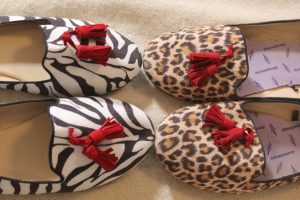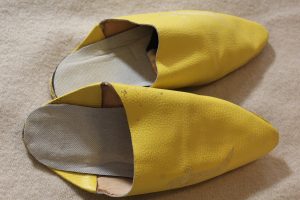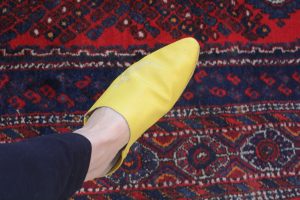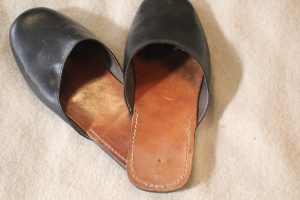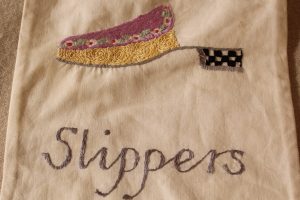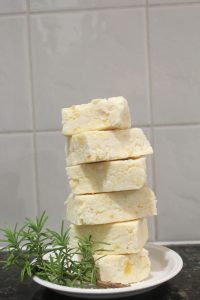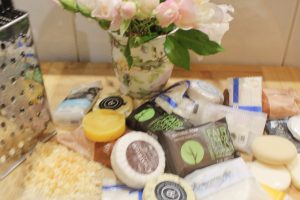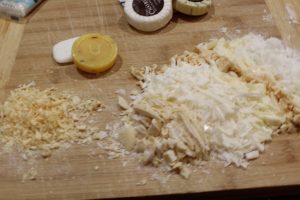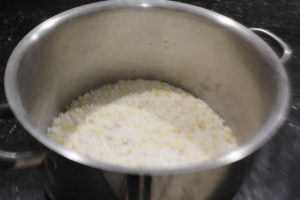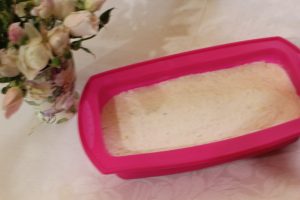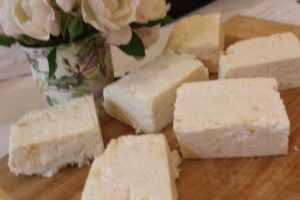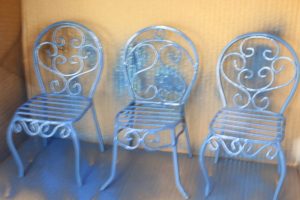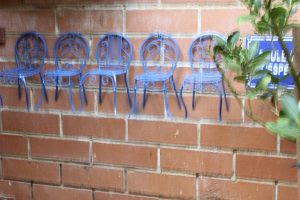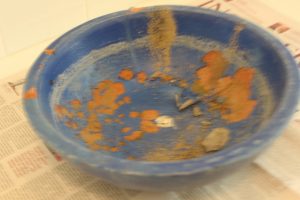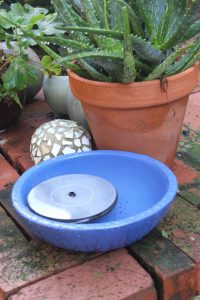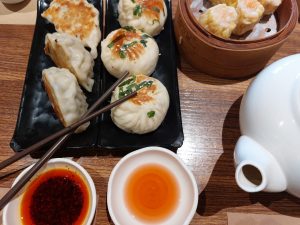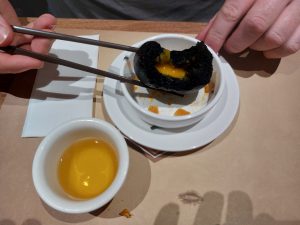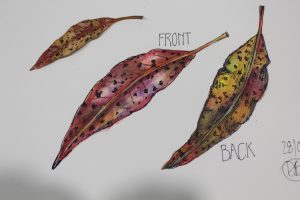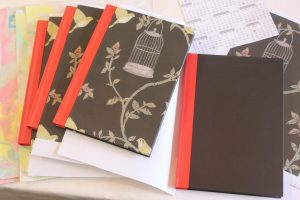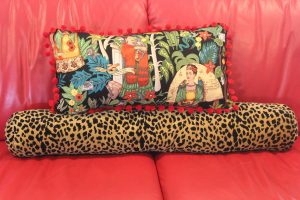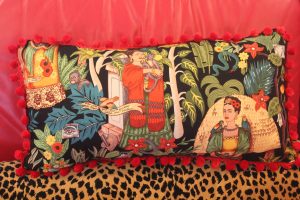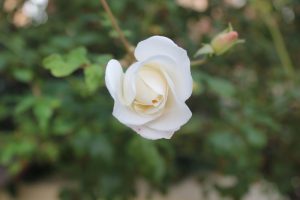making
Last week I made a new sourdough starter. It took seven days to develop and is now ready to use. I followed a ‘no knead’ recipe from (here) to make the first loaf of sourdough. The loaf had very little rye flour in it as I will increase the amount slowly. I’d sprinkled the top of the boule (round ball) with fennel seeds and caraway seeds and really like the burst of flavour when you bite into it. I have fed the starter to make another loaf in the morning as we couldn’t stop eating it so it only lasted two days. This is good bread!
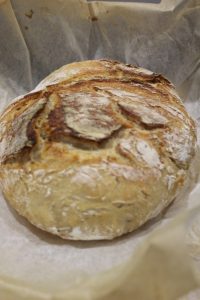

Also made more bruschetta. After trying several recipes, our favourite is on bbc good food site (here). The only change is that I drain the chopped tomatoes before adding them to the other ingredients.
Do you feel the supermarkets make it hard to buy tomatoes, or any fruit and vegetables, without plastic? Normally I shop at a green grocer but had to dash into one of the big supermarkets for a few more tomatoes and they were on trays sealed in cling film!
cooking
Motivated by the availability of fresh summer vegetables I made Ratatouille. Originally from the Provence region in France, Ratatouille traditionally has tomatoes, eggplant, onions, capsicum, zucchini, garlic and olive oil. I know authentic ratatouille has capsicum/peppers in it but we’re not very keen on them but I like the dash of orange in the mixture, so I added two diced oven roasted sweet potatoes. There’s no eggplant/aubergine in the ratatouille I make either, because I am the only one who will eat it regardless of how cleverly it is disguised!
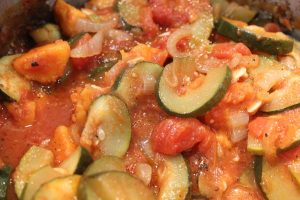

This is my own take on Ratatouille and we like it! My husband and I had already shared a cob of corn, so I simply poached an egg to put in the middle the of the vegetables in each bowl. Not at all authentic either, but it tasted just right. What I hadn’t expected was how good the leftovers tasted the next day, eaten cold!
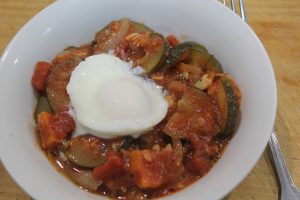

I’ve made a second loaf of sourdough bread because we’ve eaten the last loaf. I am impressed by the recipes I have used to create the new starter and for this ‘no knead’ sourdough loaf on Feasting At Home. (link above)
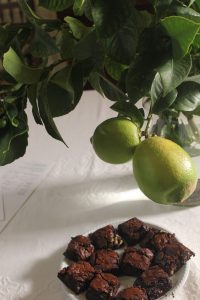

While I was waiting for the bread to cook I made a chocolate fudge slice, too, which went into the oven when the bread came out. We were expecting our son later in the evening after a seven hour drive from Kalgoorlie. He would have stopped somewhere for dinner but I wanted something to offer with a drink when he arrived.
growing
I don’t normally buy basil as it tends to self seed. I only realised it hadn’t when I needed some and the pot was bare. Bought three stalks with about 20 leaves on them, encased in plastic. Wont be doing that again! I quickly planted two well established basil plants to use in summer dishes.
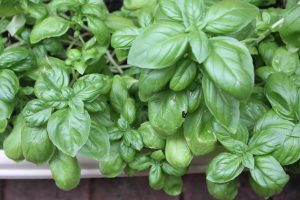

I now have a lush pot of basil.
Prepared a few pots to plant other summer herbs. Our grey beach sand needs lots of additional products to support plants. I start with bentonite and water crystals and add compost and really good potting mix. Later I’ll add a rotted manure fertilizer. Finally, I planted coriander seeds and some sage, too. They’ll germinate in about 18 days and will need protection from the blazing heat.
our new umbrella
We’ve just bought a new outdoors umbrella to protect the potted plants and the table out in that area. The last umbrella, bought for its canvas fabric and timber frame, was so romantic and so useless. The timber warped and the canvas tore and shredded in the wind and sun. The new umbrella is made of powder coated aluminum and polyester fabric and will withstand the heat, rain and wind.
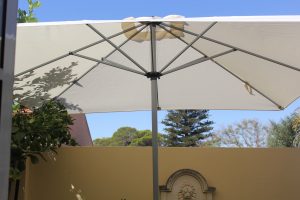

I have removed all the cording used to put the old market umbrella up and down and will harvest some of the timber, soon, too. The canvas was too shredded and worn to reuse which is disappointing.
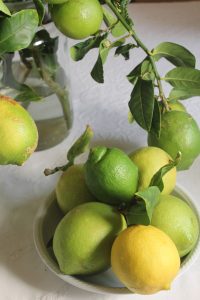

The new umbrella is slightly larger so the lemon tree needed some branches cut back. I’ve cut off the almost ripe lemons and saved them. Some online articles say they’ll ripen if stored in a bright place, others says they wont ripen at all! I collected lemons already showing yellow, some still a bit green and a few very green ones. Time will tell (and fingers crossed they do ripen!) I’ll let you know next week.

